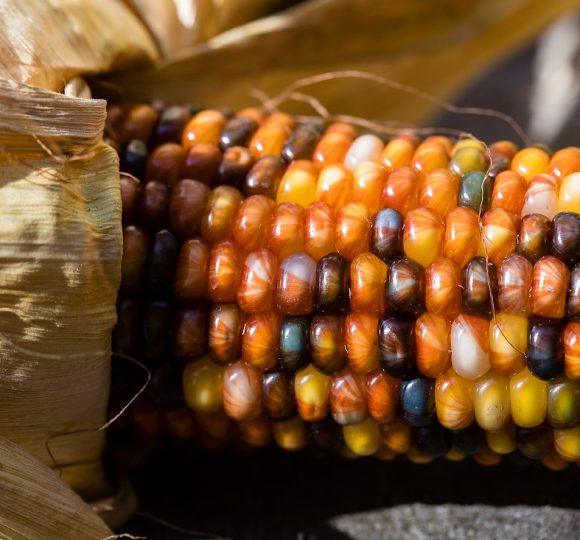Based on the belief that a working, commercially-viable, agriculturallandscape is the desired long-term land use, and that the soilresource is the foundation for agricultural protection, conservation organizations are realizing that agricultural easements, compared to scenic open space or historic easements, are very different.
In general, agricultural easements recognize the farmer’s need to be able to respond to a changing agriculture and are written with the knowledge that farmers, perhaps more than any other group of landowners, must make countless decisions on a daily basis about how they work the land, and respond to new market conditions. Timing and flexibility can be critical when deciding if they need to construct a new fence, plant a particular crop, apply nutrients and chemicals, construct or renovate a building, or subdivide or acquire a parcel of land. We have identified a number of concepts where we have found a variety of approaches within agricultural easements. The following excerpts have been drawn from numerous agricultural easements across the country.





